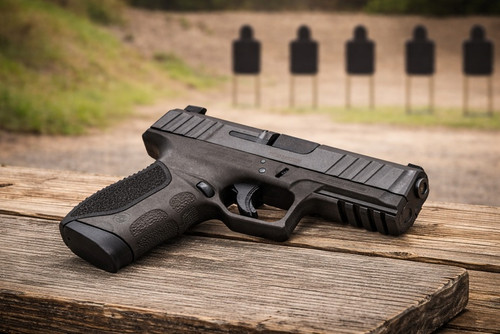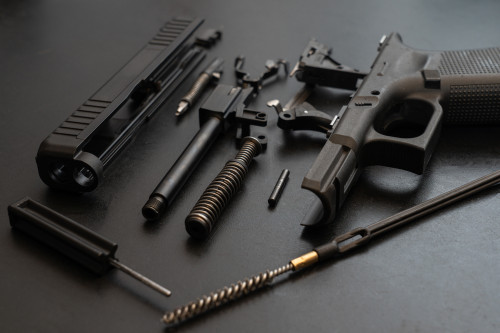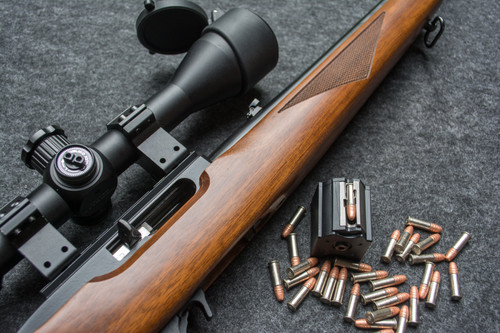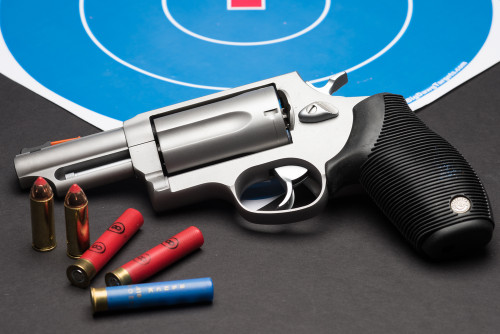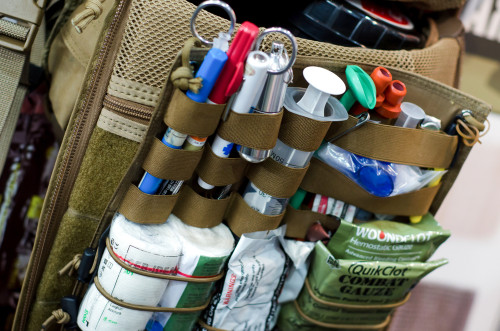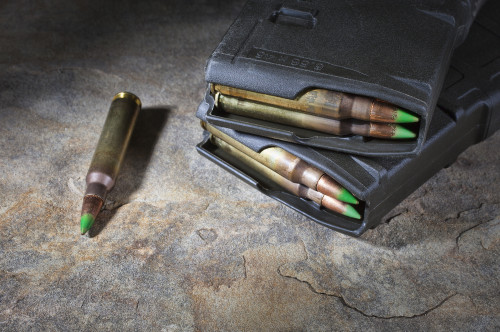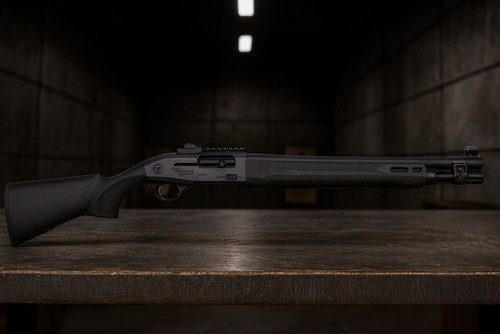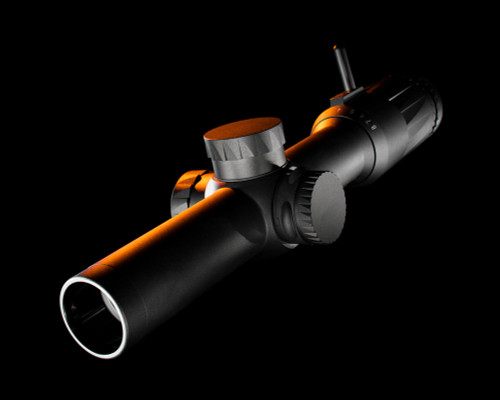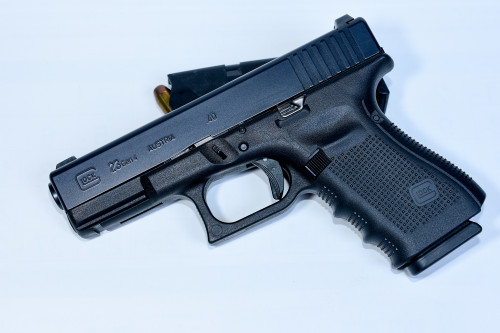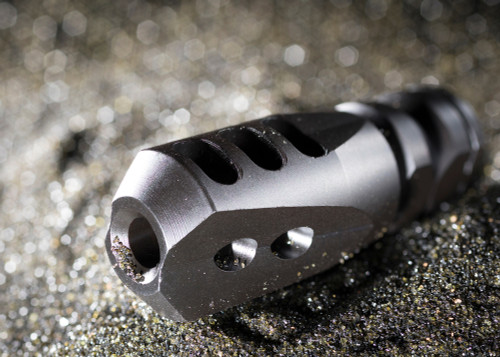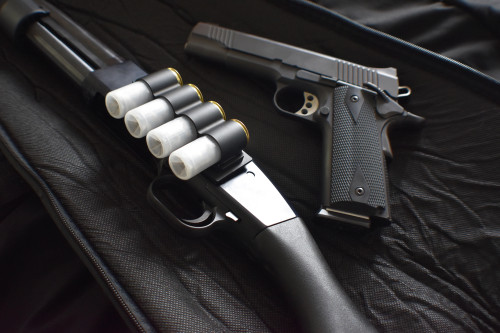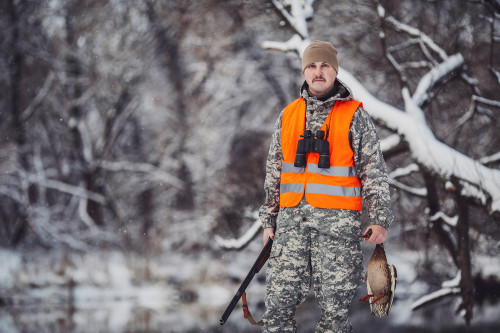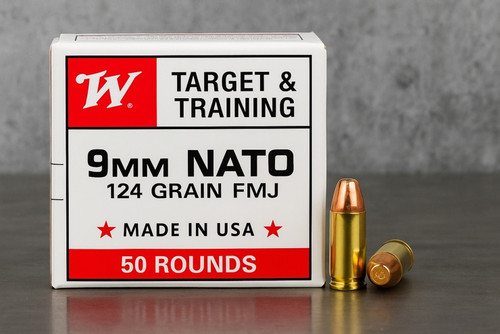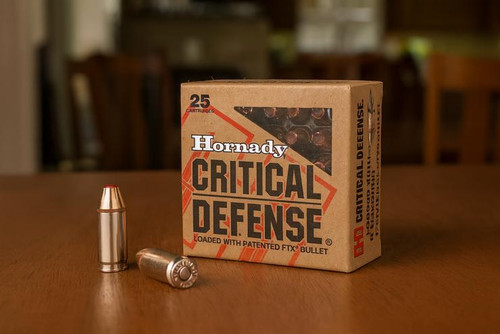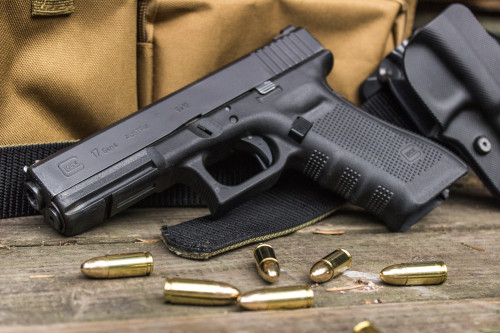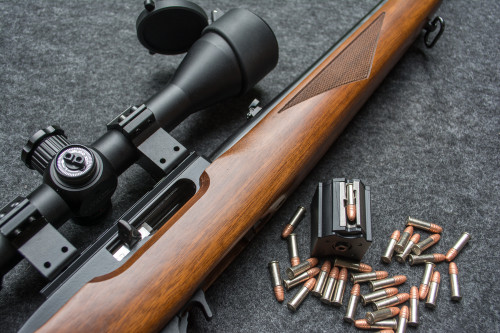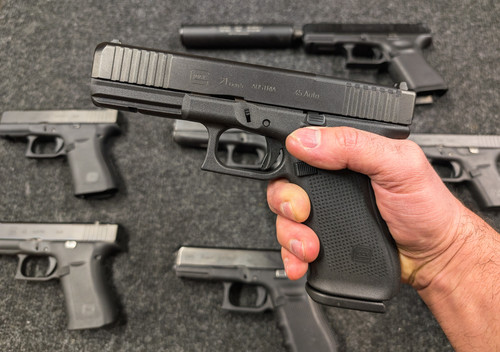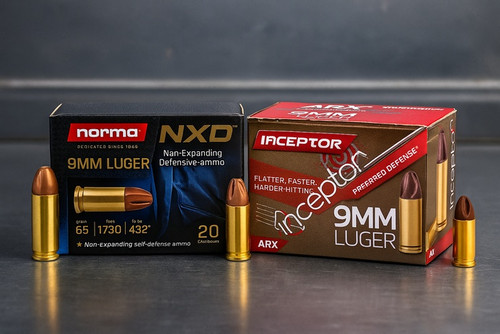Grid Down Communication Options:
Having a plan for when traditional methods of communication are not available is essential. Grid down comms can be a reliable and effective solution when no other means are available to keep in contact with family and friends. Investing in off-grid communication solutions can help to ensure the safety and well-being of everyone in an emergency situation. With all the problems that have been occurring with cell phone communication, and areas where 911 has gone down and stayed down for hours, you should consider setting yourself up with a Grid Down option for communications with neighbors, family members, and your community, as well as staying up to date on any weather situations active in your area. I am talking about options like GMRS (General Mobile Radio Service), and HAM radio commonly referred to as Amatuer Radio, both of these radios you will need to acquire a license to operate, another option is FRS (Family Radio Service). I will give you some basic information for these within each discussion of the radios, and what it will take to obtain those licenses, and the cost associated with each. I will spare you all the tech talk between UHF, VHF, and the powerful HF bands. If I didn't, this could turn into a lengthy blog. I just want to give you available options and some baseline information on each of the radios, so if it sparks your interest you can look into each of them and see which works best for you, your family or Emergency Communication Plan.
FRS- Family Radio Service
One of the more common options available is FRS radios. You can find these at any big box store or any online distributor at a very reasonable price. Also known as “bubble pack” radios due to the packaging they are found in, these radios are the small two way walkie talkie radios one would have for an outdoor adventure, most commonly used while hunting, off roading, or a walk in your neighborhood these radios work with a LOS (line of sight) communications, since it is hard for their frequency to go through thick trees, or over high mountains, they can have a range of 2 miles but very rarely will they transmit that far, only in the best conditions like wide open areas, and minimal environmental interference could this possibly be achieved. These radios DO NOT require a license to operate, having the option of twenty-two channels and two watt output, they do share the same channels as GMRS radios, and can be received through them. So these would be a good choice if you are in a rural area, possibly on a family homestead/ranch that is open, or camping to where obstacles are limited so you can communicate between your location and your family or friends at home/camp a few hundred yards away.
Pros:
- Inexpensive And Budget Friendly
- All 22 Channels Share The Same Frequency As GMRS
Cons:
- Low Power Output/Less Effective Distance
- Cannot Connect To A Bigger Antenna To Reach Further Due to FCC Regulations
- These Radios Have A Fixed Non-Removable Antenna
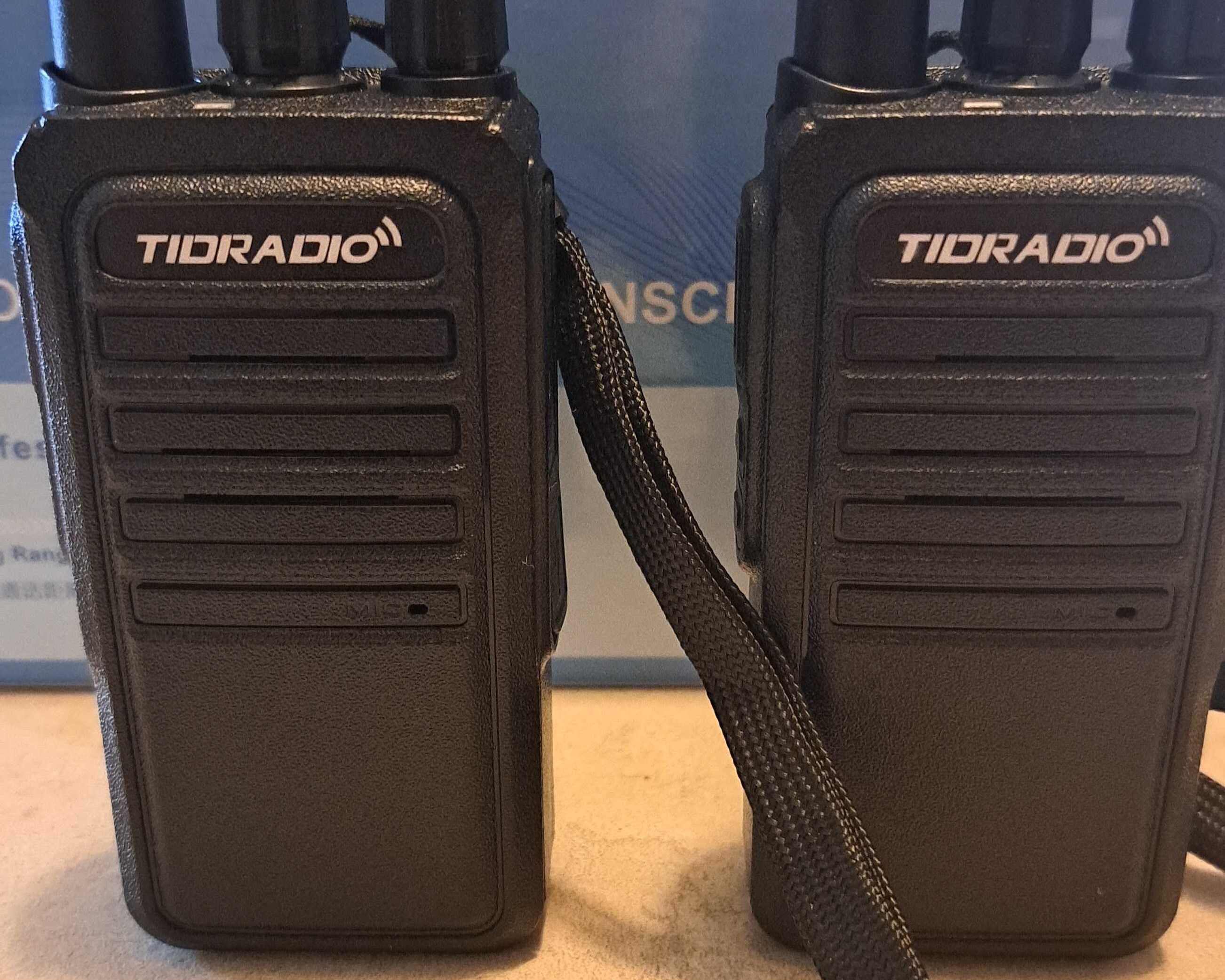
GMRS-General Mobile Radio Service
GMRS is another one of the most commonly used radio services that is growing quite the following. These radios have the ability to connect to a repeater to increase your distance, as well as a removable antenna that allows you to connect a larger antenna to the unit, most come with stock antennas, and longer “whip” antenna or, you can upgrade to a larger foldable “tactical” antenna they are generally sold in packs of two so you can have one at home and the other out with you. This service offers 22 GMRS channels that share the same channels as mentioned above with FRS radios. However most radios will have an additional 8 channels to allow you to connect, and configure your radio to a repeater tower if your radio is repeater capable 23 through 30 are the channels you will use to talk to those repeaters. While most GMRS radios are limited to 5 watt output, and can reach from 1 mile out and as far as 30 miles out depending on your surroundings and LOS, this is where the repeaters come in to help transmit farther, usually in a higher location on a hill or mountain top, if your radio is programmed for that specific repeater it can increase your distance exponentially to those that have the same repeater programmed into their radio. GMRS does require a license through the FCC.
There is no test and the cost is $35.00 once you register with the FCC and go through the process then your license is authorized, and your call sign is assigned. This license will cover you and your immediate family for 10 years! After that 10 years you have to go through the renewal process. In addition if you do allow your family to share your license/call sign they will be required to know your call sign and transmit it every 15 minutes while active, and after every transmission, family members can add an identifier like A, B, or C respectively on how large your immediate family is, but it is not required only the call sign is.
Pros:
- Extended range in comparison to FRS
- Good For Rural Communication
- Cost Effective To Get Started in GMRS
- NOAA Channels for Weather Alerts
- License Can Be Obtained By Filing Online, NO TEST.
Cons:
- Purpose Driven/Solving Family Comms/Outdoor Comms
- Less GMRS users than HAM users
- Pre-Programmed for Standard Channels/Repeater Channels
- Only Around 336,513 Registered Users Nationwide
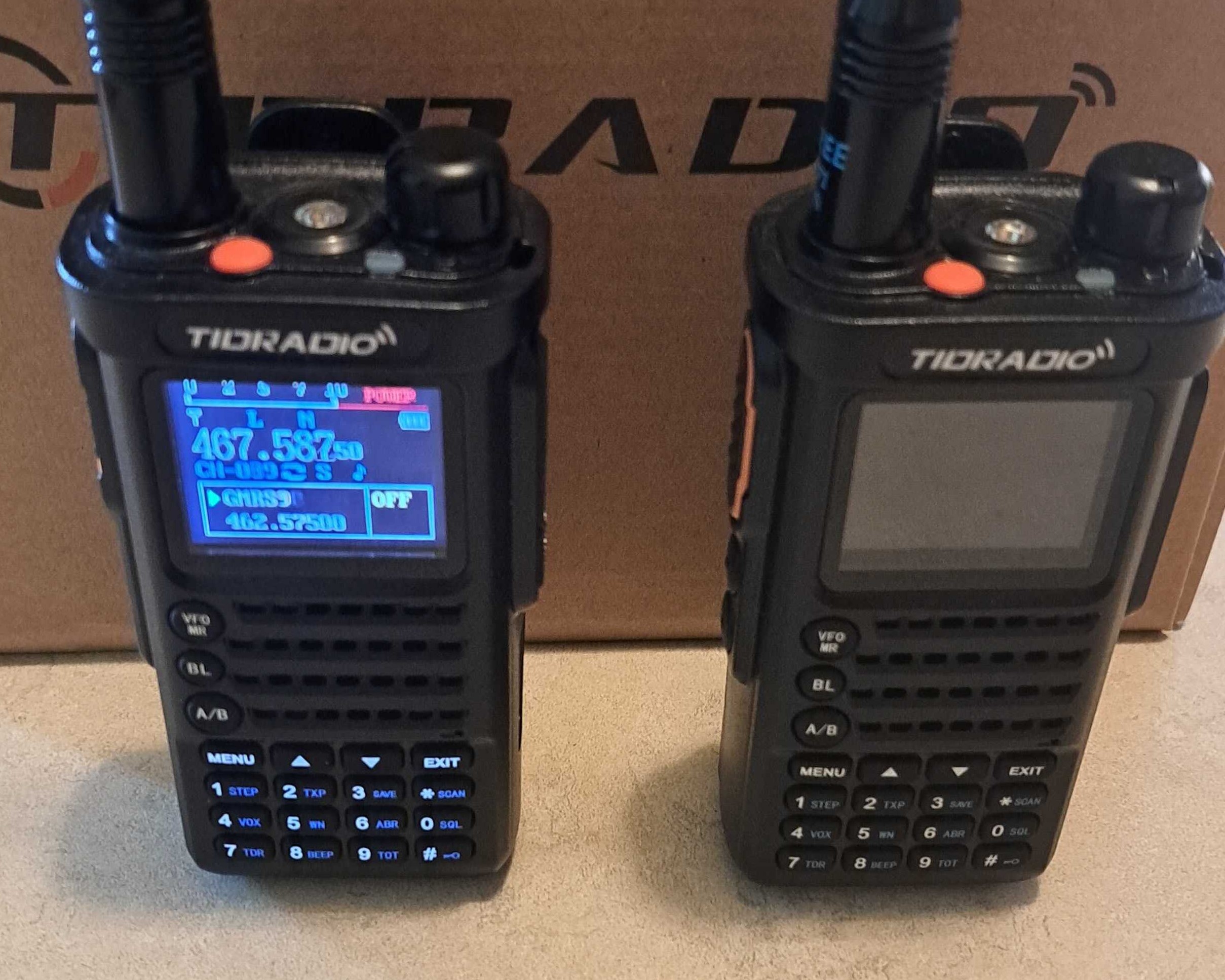
HAM - Amature Radio
If you have been around for the past 100 years or so, you have heard of HAM Radios. This type of communication started back in the 1890’s by an Italian inventor by the name of Guglielmo Marconi. Amature radio gained more interest in the 1960’s when the first HAM satellite was launched and is now popular around the world. It is also a little bit more difficult to obtain your licensing, you will have to take a proctored test with a local HAM operator attending. The license fee is the same as the GMRS option above but in most cases there is a 15.00 fee to take the exam. The steps to set up your license and pay your FCC fees are the same as the GMRS licensing.There are also different levels of licensing starting with Technician, General, and Extra, so you are going to have to do your homework to figure out which license you want to pursue, most go for the General which allows you access to use the HAM radio network within FCC regulations. The NWS (National Weather Service) has been known to call on HAM radio operators in times of extreme weather or natural disasters to help open a line of communication to those that need it, this is often coordinated with utilization of the SKYWARN storm spotter program, and a couple of other programs. These radios have a few more functions and capability outside the GMRS radio functions HAM works on frequencies instead of channels like FRS and GMRS, so they can be more powerful and reach further by bouncing the RF (Radio Frequency) off of HAM repeaters, and HF (High Frequency) bands to extend outside the LOS operation of the GMRS and FRS options. I could go down the rabbit hole pretty deep on this one, but my purpose here is to peak your interest in Grid Down Comms. The information is out there if you want to dive deeper yourself. HAM is a great option for anyone willing to put in the work to pass the test, and acquire your licensing allowing you to open your communication knowledge to the world of HAM, and to give you an opportunity to have another option for Emergency Communications during a Grid Down Scenario.
Pros:
- Extended Range Outside Of GMRS And FRS
- Programmable Frequency Capability
- More HAM users than GMRS
- More Of A Network To Work Off Of
- Been Around For A Very Long Time
- Over 750,000 Registered users in the U.S.
Cons:
- Not As Cost Effective As GMRS
- Preparation To Take the Exam
- License Fee and Proctored Exam Fee Making it Cost More Than GMRS
- Cannot Apply To Take The Test Online It Needs To Be Taken In Person
- Cannot Transmit On GMRS Channels Legally
Conclusion
There you have it! My introduction to Grid Down Comms, and the start of the rabbit hole that is FRS, GMRS, and HAM radio information. I only scratched the surface on these radios and their usage, especially the GMRS and HAM options, there is so much more that can be learned on the reader's end by doing some research on the internet. I did not want to drag it out and throw all the techy stuff that goes with it at you in a blog. Remember it is always good to have an alternative option for communications, the radios I touched on in this blog will at least get you started. I am a GMRS Licensee myself and I am looking into getting my HAM license in the near future. If this topic is interesting and even if it isn’t please feel free to give us some feedback on what you thought of the blog. I hope this helps to at least give some perspective on ideas for communication with your loved ones and your community in a scenario where Emergency Comms may be the only option. The images I have listed are options available from Tidradio, I use them and they work well as an entry level radio on a budget. As always, Be Prepared, Stay Safe, And Stay Ready!




 Kyle Lewis
Kyle Lewis

